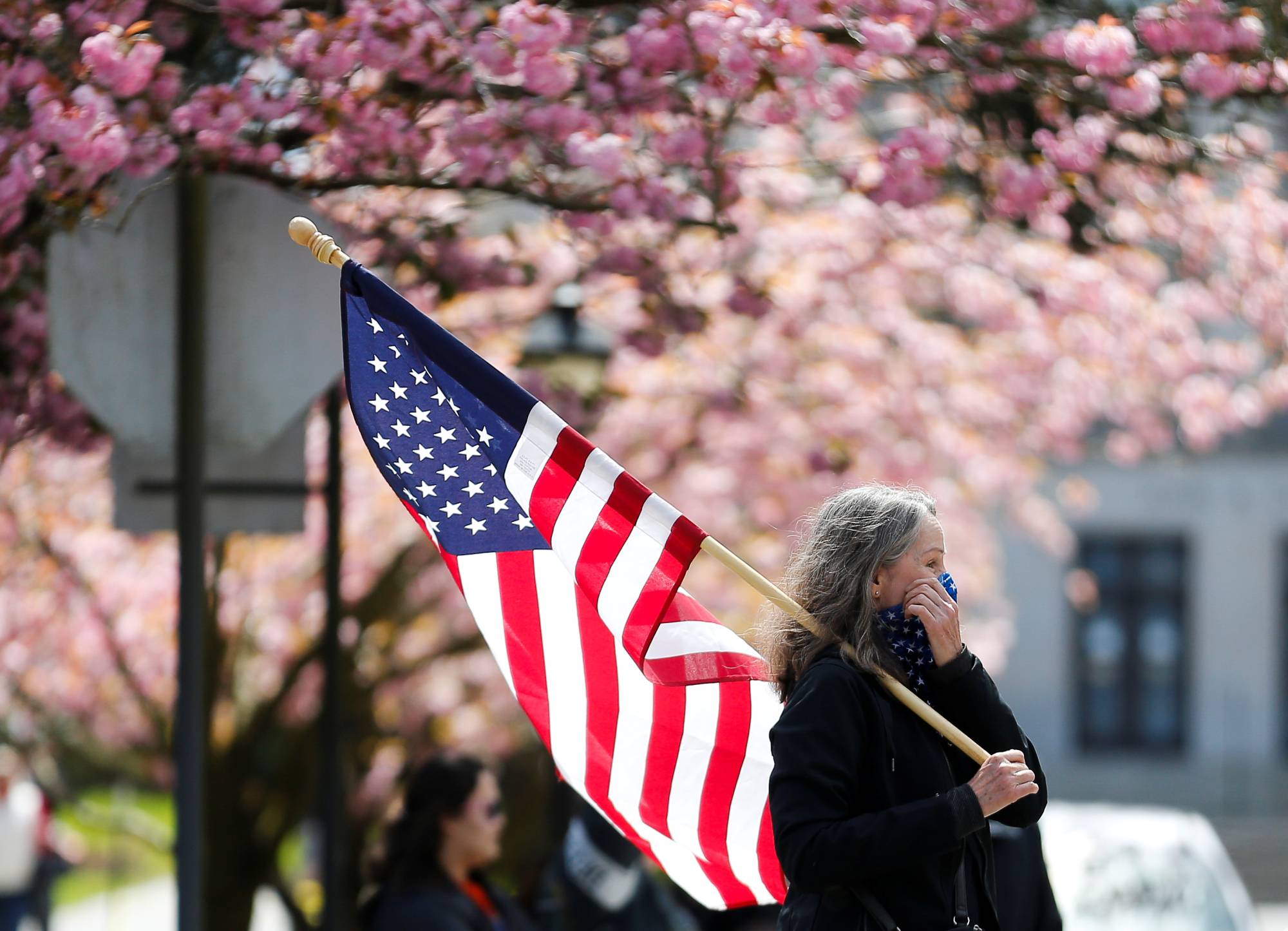Everything changed in early 2020, when it became clear that COVID-19 was not going to be contained. Suddenly, life in the United States and many other countries came to a near standstill: Schools and businesses closed and lockdowns and quarantines reshaped society.
Some employees continued to work from home, muddling through as best they could. Others were soon fired or furloughed. From mid-March, when U.S. states began to implement shutdowns, to mid-April, 22 million people lost their jobs. Those workers deemed “essential” — from physicians and nurses to employees at grocery stores and meatpacking plants — still had to report to work but faced terrifying new risks.
Most Americans were not prepared for an economic collapse of this magnitude. Even before the pandemic, many struggled to pay their bills. The first wave of the Consumer Financial Protection Bureau’s Making Ends Meet survey, which I helped design and administered with my colleagues in June 2019, found that two out of five families could cover their expenses for less than a month if they lost their main source of income. One in five could cover expenses for less than two weeks.

















With your current subscription plan you can comment on stories. However, before writing your first comment, please create a display name in the Profile section of your subscriber account page.